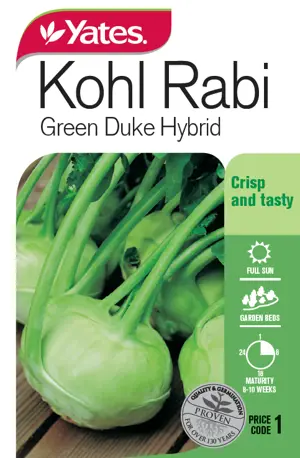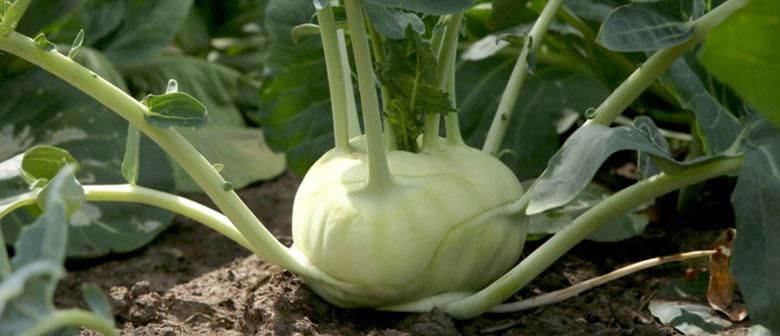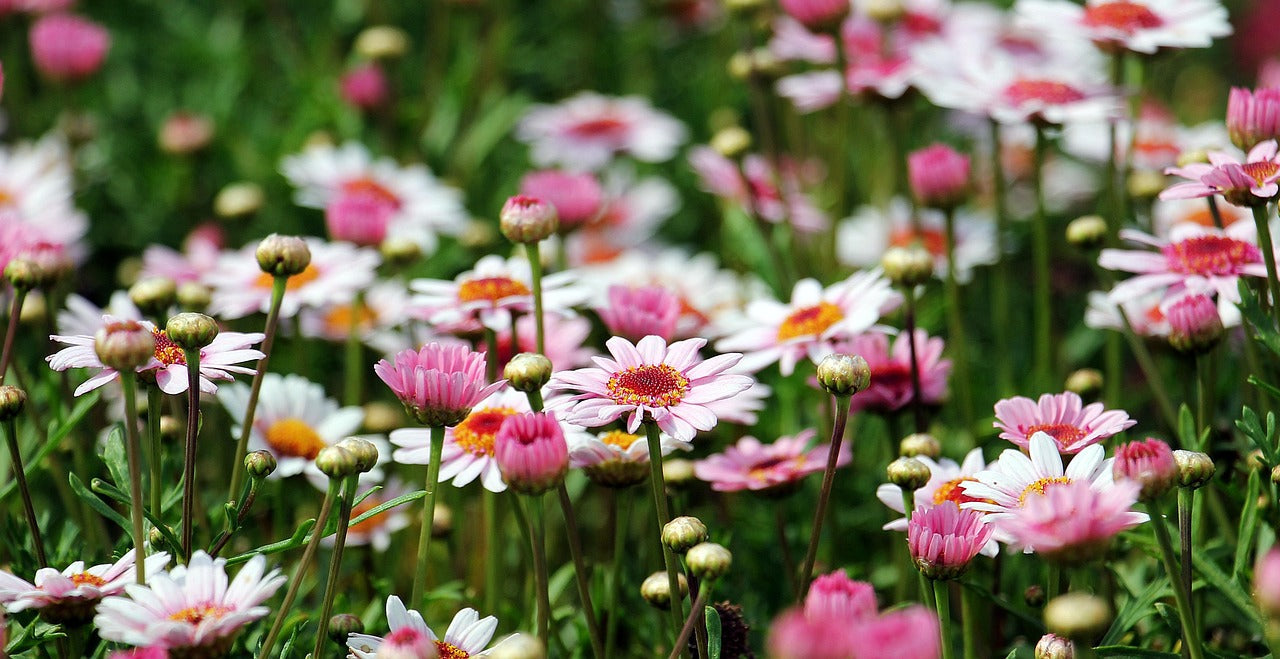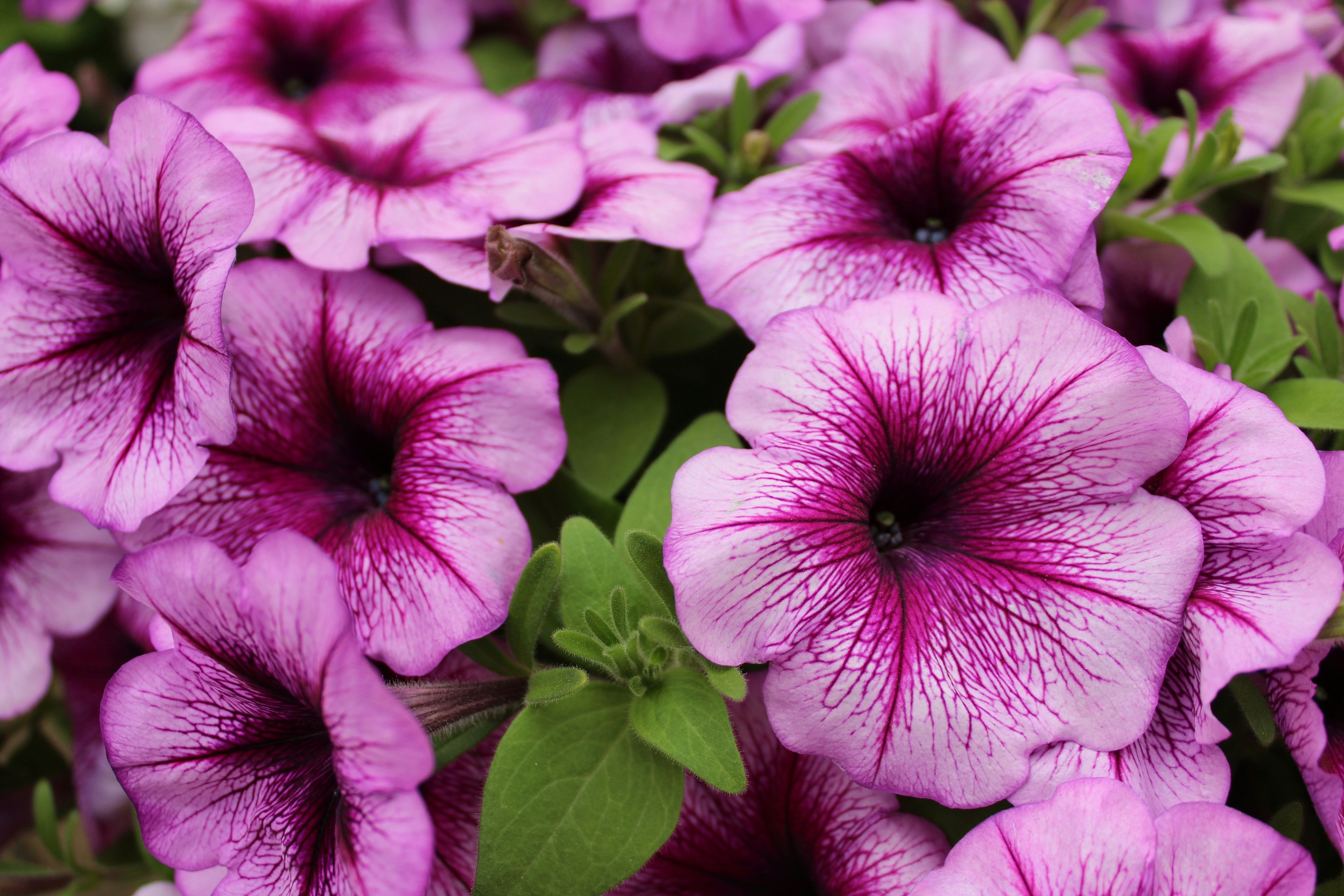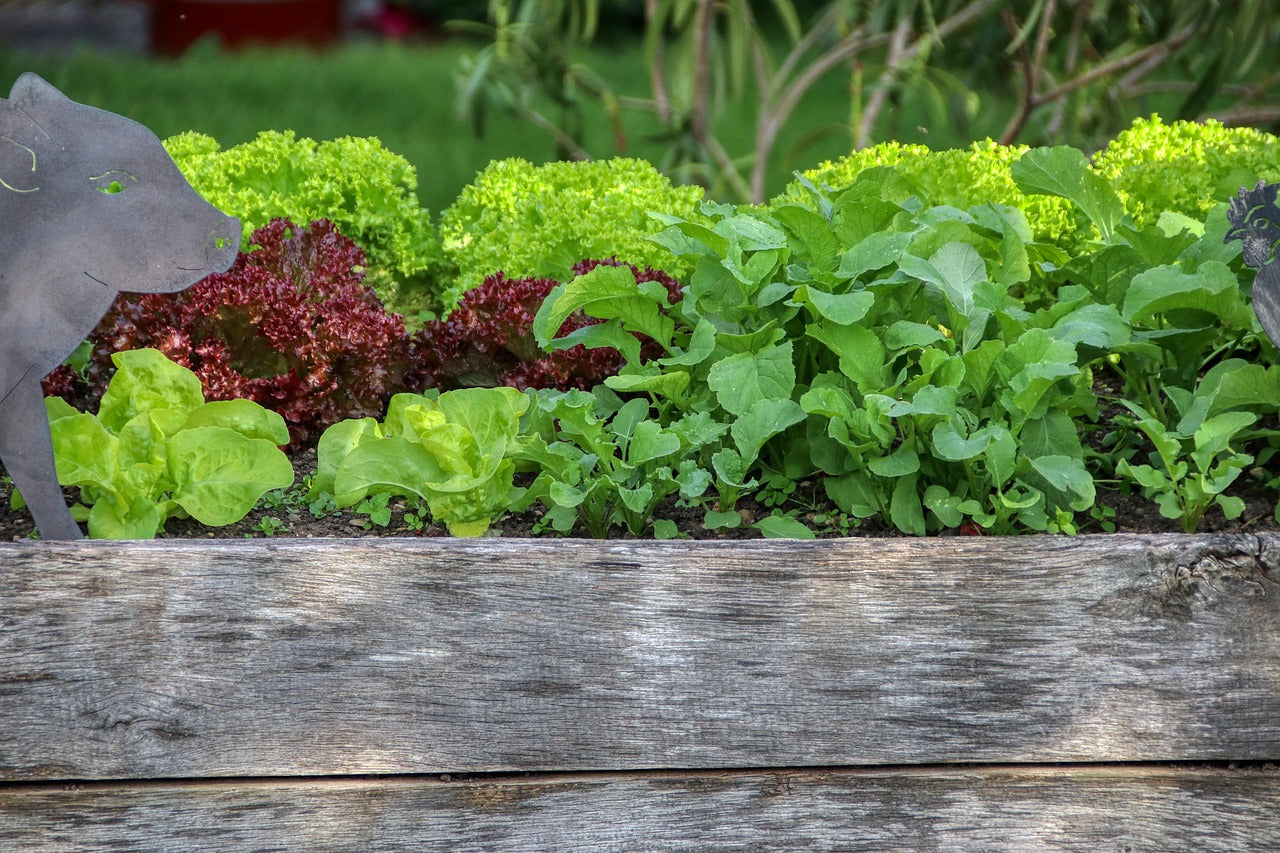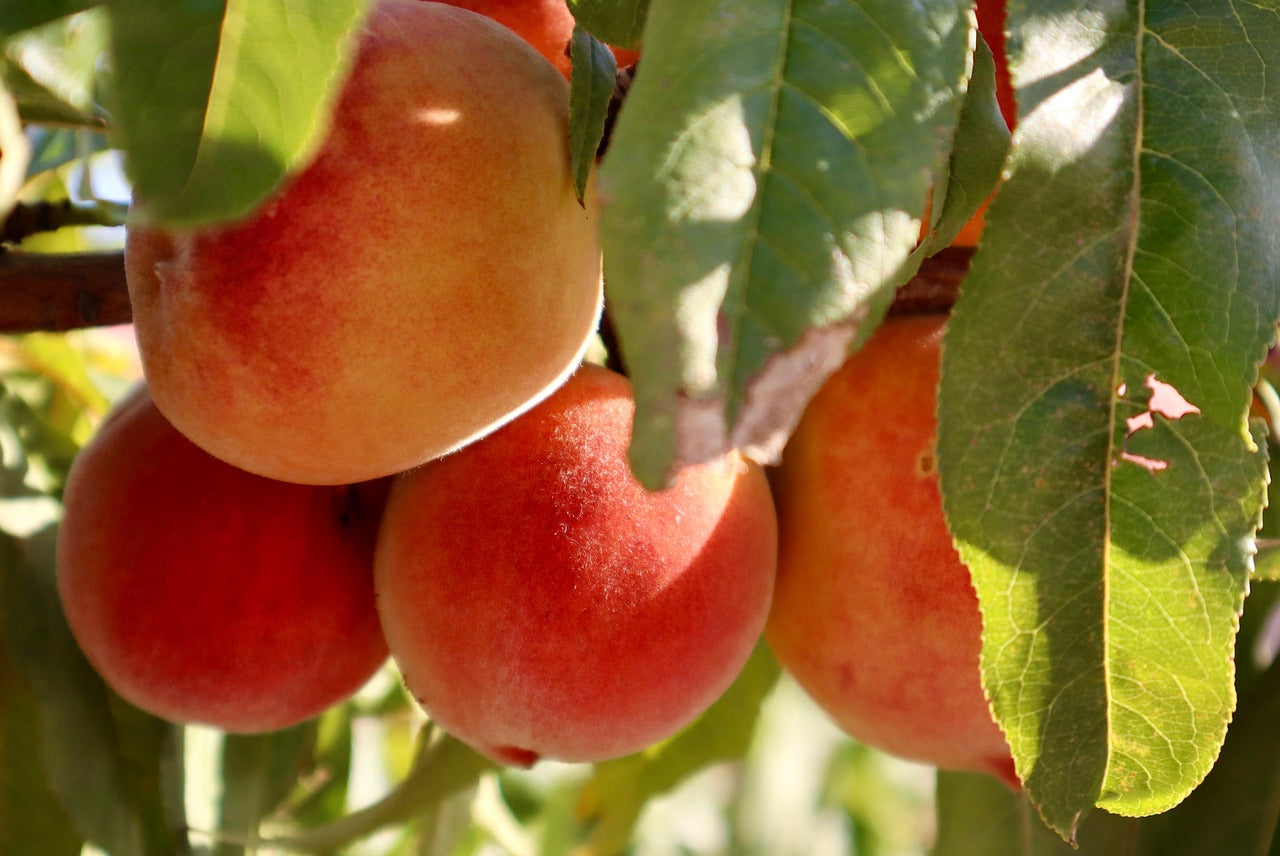It’s easy to grow kohlrabi in your garden; although these globe shaped vegetables may look a bit alien-like, but their fast growth and great taste make them something every gardener should try. Here’s how to grow kohlrabi!
When to plant Kohlrabi
Kohlrabi can be sown from August through to March. Sow seed at a depth approximately three times the diameter of the seed. Kohlrabi is best planted at soil temperatures between 8°C and 30°C. Stagger plantings every 2 to 3 weeks for a continuous harvest.
Where to plant Kohlrabi
Kohlrabi prefer to be planted in full sun in nutrient-rich, well-draining soil as this will produce the best results. Kohlrabi isn’t a heavy feeder, but will benefit from having a bit of aged manure or compost worked into the soil prior to planting.
Avoid planting kohlrabi where other vegetables in the Brassica family have been grown in the previous 2 or 3 years. This helps to prevent the spread of disease and nutrient deficiencies.
Growing tips
Hot summer temperatures will stress the plant and hamper the growth of the bulb-like stem. If humidity is low, help to keep the soil moist by spreading a thin layer of straw or mulch around the base of the plant.
Kohlrabi is compatible with (can grow beside): Beetroot, celery, cucumber, onions, marigold, nasturtium, rhubarb, aromatic herbs (sage, dill, chamomile)
Avoid planting Kohlrabi near: Climbing (pole) beans, tomato, chilli, capsicum, eggplant, strawberries
How to harvest Kohlrabi
To harvest, cut the kohlrabi root off at ground level when the bulbous stems are between 5-10cm in diameter. The stem should be succulent, tender, and sweet at this size. If allowed to become too large, it can become tough and bitter.
How to use Kohlrabi
The bulb is delicious raw, grated or shaved into slaws or salads. Delightful roasted and caramelised in the oven, steamed, used in a creamy soup, or puréed.
Add Kohlrabi to your garden…
